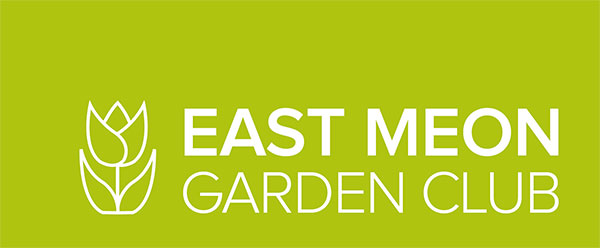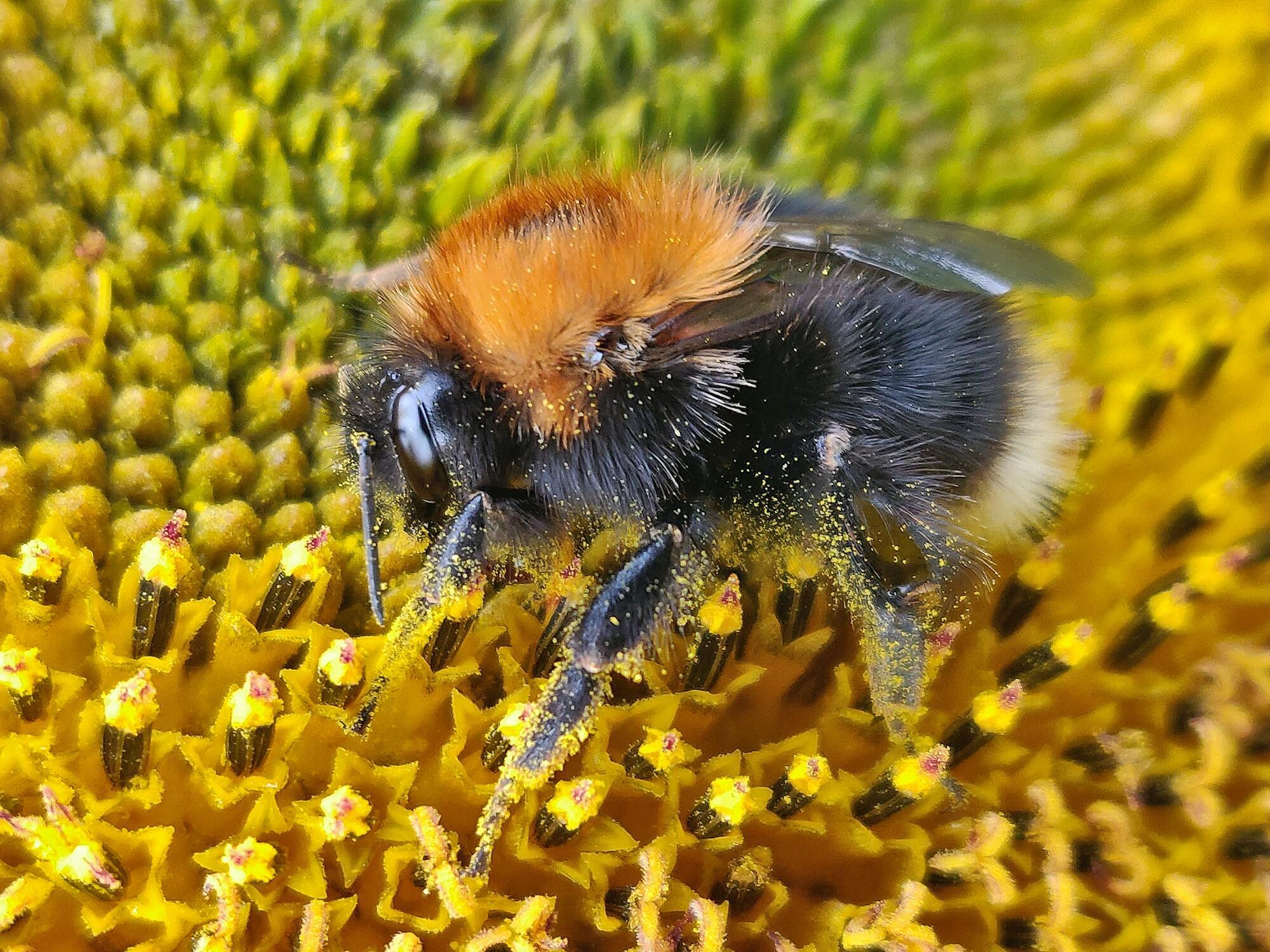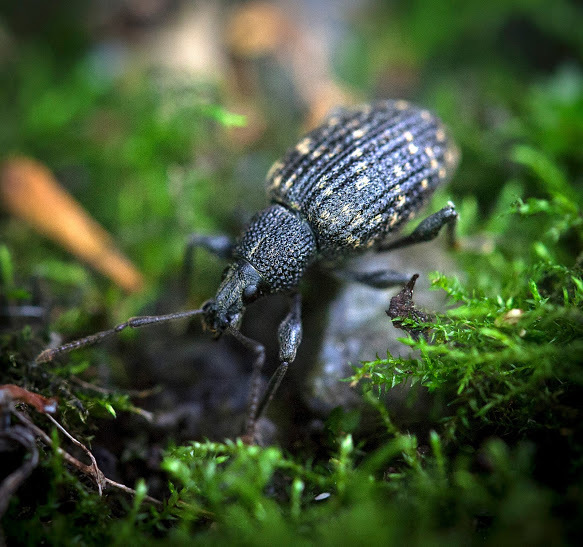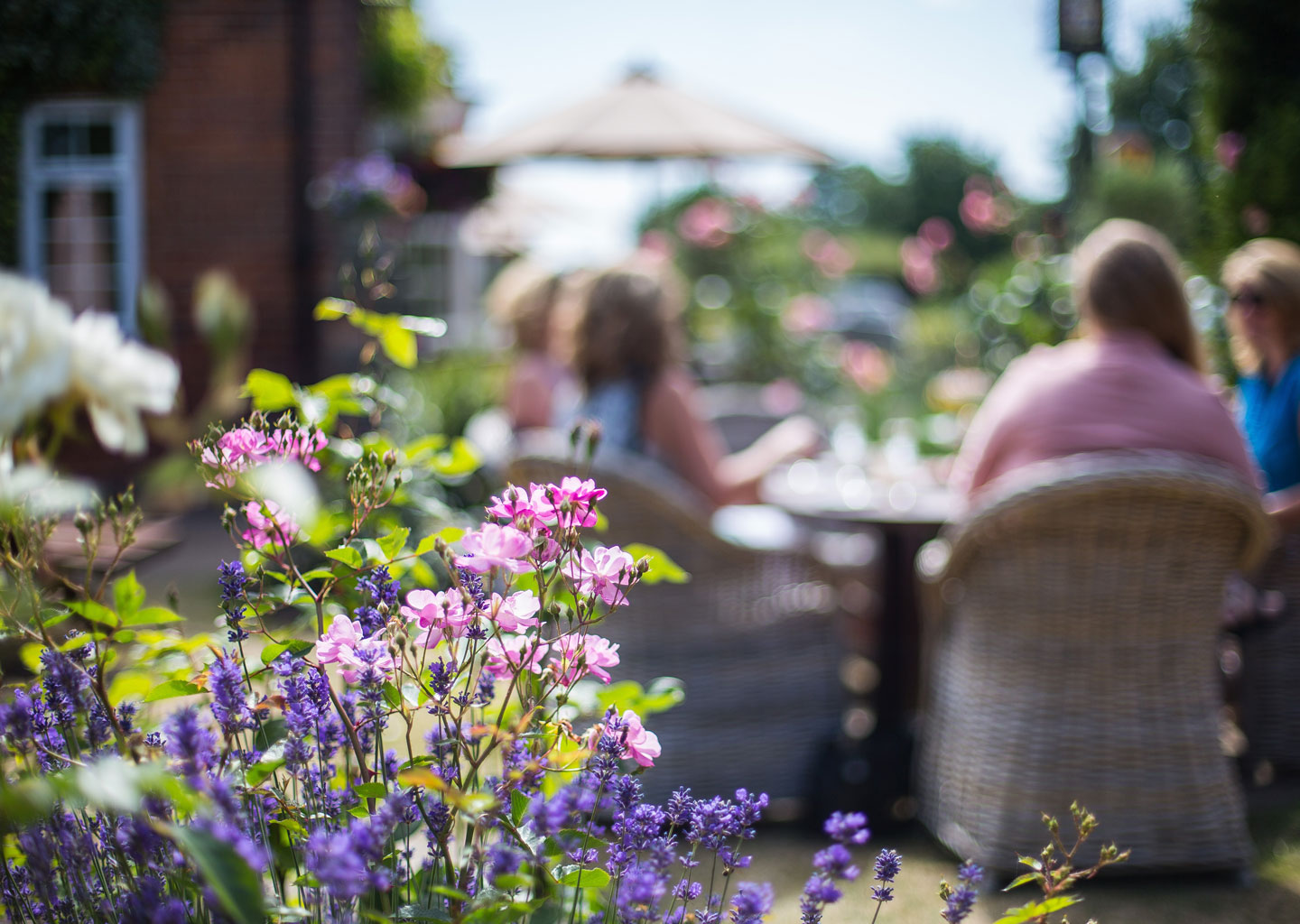

Wildlife Gardening - Beneficial insects in
the Garden by
Andrew Halstead
Biodiversity is all the different kinds of life you'll find in one areathe variety of animals, plants, fungi, and even microorganisms like bacteria that make up our natural world. Each of these species and organisms work together in ecosystems, like an intricate web, to maintain balance and support life.
These are identified as aphids, beetles, slugs and snails, more commonly referred to as 'pests' by gardeners. These fall into three categories:
- Pollinators
- Predators
- Parasites
Pollination: The process in which pollen is taken from one flower or part of a flower to another so that new plant seeds can be produced.
Bees act as very good pollinators as they have very hairy bodies which collect pollen easily. One hive of bees can contain upwards of 60,000 and work a radius of 2 miles out from the hive and 2 miles back. It is not just flowers that need pollinating but all fruit, apples, plums, strawberries, blackberries, raspberries et al.
The Bumblebee of which there are around 35 different species and work in colonies of 100 to 120, so quite small. They are also quite hardy.
Centipedes. Common Centipedes (Lithobius forficatus), grow to around 30mm in length and have 15 pairs of legs. The back two pairs are much longer and are used to feel their way around, as are the long antennae. These can be found under logs, stones, flower-pots and they feed at night.
Snake Centipedes can be found in Autumn and look like wireworms.
Carabidae'" Ground beetles.
There are over 300 species of Carabidae and found in Great Britain and Ireland. Are nocturnal, and by day can be found under rocks and stones, in logs and tussocks of grass.
Carabids have wide-ranging roles within food webs. They are opportunistic predatory feeders preying on soil dwelling insects, including caterpillars, wireworms, maggots, ants, aphids and slugs. They are therefore very important biological control agents within agricultural ecosystems and conserving the natural ground beetle assemblage should reduce the need for chemical controls.
2004 Harlequin Ladybird '" Originated in Japan - Harlequin ladybirds have been declared the UK's fastest invading species after reaching almost every corner of the country in just a decade. It has been quoted that they represent an 'ecological disaster'.
Anthocoris nemorum (Flower bug) is a voracious predator of aphids and other small insects and has been a potential agent for biological control of aphids. It kills its prey by sucking out its juices!!
Episyrphus Batteatus - Hoverflies '" there are around 240 species. It is one of our most familiar hoverflies with a unique pattern of double bars on the abdomen and is one of the few British hoverflies that overwinters as an adult, this means it can be seen on mild winter days and the first warm days of spring.
Synphus Ribesii - is a very common Holarctic species of hoverfly. Its larvae feed on aphids. In common with many other species of hoverfly, males have the eyes meeting on the top of the head, whilst females have their eyes widely separated.
Parasites are organisms that live in or on an organism of another species (its host) and benefits by deriving nutrients at the other's expense. For example, a flea. Parasitoids will eventually kill their hosts.
Swift moth caterpillars - Swift moth caterpillars are the larvae of moths in the family Hepialidae · They live in the soil and tend to feed on plant roots and at the base of plant stems.
Arion Ater - (Large Black Slug). One of our most familiar slugs, often completely jet black but brown, orange and even white ones can occur.
Otiorhynchus Sulcatus - Black vine weevil is an insect native to Europe but common in North America as well.
The adult weevil is matte black with a fused wing cover, is unable to fly. It feeds at night on the outer edges of leaves, causing the leaves to have a notched margin. Broadleaved evergreen plants such as Camellia, Rhododendron, Euonymus and Bergenia are particularly prone to damage, although a wide range of different garden plants is susceptible to attack.
Grubs grow up to 1 cm in length, have a slightly curved, legless body, creamy-white in colour, with a tan-brown head. They live below the soil surface, and feed on roots and cambium at the base of the trunk. They cause most damage to herbaceous plants, particularly those growing in containers, where root growth is restricted. Severe infestations can result in complete root destruction and hence plant death.
1,000 eggs can be laid over Spring and Summer. Vine weavils can easily climb up pots and containers in order to lay eggs.
Vine Weavil Nematodes - will protect your pot plants from vine weevil without chemicals. Vine weevil nematodes are safe for use around children, pets and wildlife. Apply late Summer/early Autumn.
Chafer Grubs- Chafer grubs are the soil-dwelling larvae of chafer beetles. Depending on the species of chafer they either feed on decaying plant material or plant roots. Some, which are not garden problems are found in borders and compost heaps. However, several species that feed on the roots of grasses can cause problems in lawns.
Glasshouse mealybugs - Glasshouse mealybugs are common sap-feeding insects found on a wide range of houseplants and greenhouse plants. Mealybugs can weaken plants and excrete a sticky substance (honeydew) on foliage, which allows the growth of sooty moulds.

The European Tree Bumblebee (Bombus Hypnorum) was found in Europe from 2001.
Honeybees - there is only one species of Honeybee, and they survive year on year
Solitary Bees of which there are over 200 species. They live alone, do not produce honey, do not have a Queen and do not live in hives.
The genus Megahile is a cosmopolitan group of solitary bees, often called leafcutter bees. These nest in holes in plant stems, cliffs or old walls and can be seen in gardens. They cut holes out of leaves, with a particular liking for roses, gluing them together with saliva in order to build the cells in which their larvae live.
The Andrena Clarkella is a fairly large spring-flying bee with a strong association with willows. They are one of the first solitary species to emerge in Spring
Ivy bees are a similar shape to honeybees and can be seen when ivy is in flower around this time of year, September to November.
The Red Mason Bee is a small, common bee that nests in hollow plant stems, in holes in cliffs, and in the crumbling mortar of old buildings. It is a solitary bee so, after mating, each female builds its own nest; she lines each 'cell' with mud and pollen and lays a single egg in each until the cavity is full. The larvae hatch and develop, pupating in autumn and hibernating over winter. The Red Mason Bee is on the wing from late March, and feeds solely on pollen and nectar.
Rove Beetles - these beetles represent the largest insect group with around 4,000 species in Britain and 300,000 worldwide. They measure 2mm 38mm in length.
The Devils Coach Horse Ocypus Olens is jet black and relatively large which can grow up to 3cms long and feeds on insects and invertebrates.
Lacewings. Lacewing larvae are natural predators of aphids and other soft bodied pests such as whitefly eggs, thrip larvae, scale insect, mealybug and young caterpillars. Very useful to have in your garden.
Greenfly: Greenfly/ aphids are one of the most common garden pests. They are found on all types of plants,which thrive outside or under cover. They feed by sucking sap through fine tubular mouthparts, which they insert into the plants' cells.
Cryptic Lacewings are relatives of the naked green lacewing family. The larvae are ferocious predators of many soft bodied insects including aphids and scale insects. The larvae are about one millimetre long when they first hatch. They are brown and resemble small alligators, crawling actively around in search of prey.
Ladybirds: Coccinellas 7 Punctata 7 spot ladybird is the most common ladybird in Europe, feeding on aphids both as an adult and larva.
Adalia Bipunctata 2 spot Ladybird - The 2-spot ladybird is a medium-sized ladybird found in a wide variety of habitats, including parks, towns and gardens. Both adults and larvae feed on aphids, making them a friend in the garden. The adults hibernate over winter in bark, or sometimes in houses, congregating in large numbers.
Micraspis 16 punctata- 16-spot Ladybird. Our only U.K. species of Tytthaspis is widespread and common in Europe. Generally common and often abundant species throughout England north to Lincolnshire and west to Somerset. Further north there are records scattered to the Clyde.
Months seen: March to October - Food: Mildew

Long-tailed mealybug - The long-tailed mealy bug is easily recognized by the long, posterior tail filaments, which are at least the length of the body itself.
Glasshouse red spider mite - Red or "two-spotted†are a common pest in the greenhouse. They cause problems for greenhouses and garden plants, both ornamental and edible.
Finally, Andrew showed a slide showing yellow sticky traps for trapping unwanted (non-human) visitors! See below copied from Amazon for your interest.
....Yellow Sticky Fly Traps, Fly Paper Stickers, Sticky Fly Catchers Dual-Side for Insect against Fungus Gnats, Whiteflies, Aphids, Leafminers,etc- (6x8 Inches,...
Prices range from £4.99 - £8.98....
Another tip from Andrew in response to a question of eradicating mealybug from my small lemon tree.. An old fashioned method, is to use a paint brush dipped in methylated spirits and 'paint' over infected areas. I will certainly be trying this!
